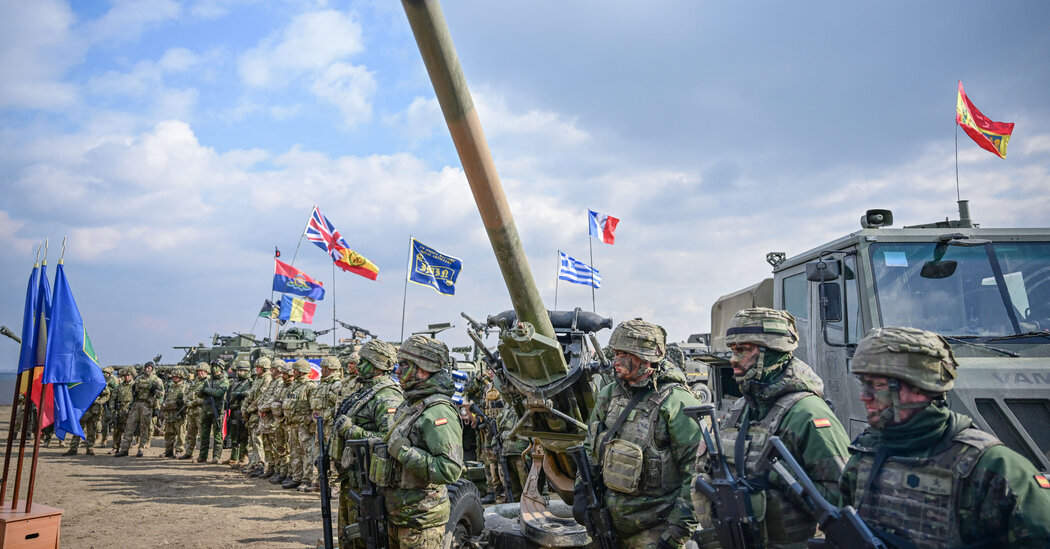Replacing what the Americans do for the NATO alliance would take money, personnel, time and cooperation. None of those is easy.
Reporting from Berlin. Steven Erlanger has written about Europe, Russia and NATO for many years.
President Trump has never had much love for the NATO alliance, which he thinks is overdependent on American largess, and in his first term, talked about abandoning the collective defense pact.
In his second term, Mr. Trump and his senior officials have made it clear that the security of Europe is no longer the first priority of the United States, which wants to concentrate resources on its own border and the Indo-Pacific, where China has become a peer rival.
On Thursday, Mr. Trump suggested that the United States might not protect NATO members that he believed were not paying enough for their own defense, calling it “common sense.”
But what would Europeans need to do to replace the enormous American contribution to NATO?
The answer comes down to money, personnel, time and cooperation with Washington, said Ivo Daalder, a former American ambassador to NATO and a coauthor of a recent report from Harvard’s Belfer Center on how to create “a strong European pillar” in the alliance.
The central problem is that NATO was built as an American-dominated alliance, intentionally dependent on American leadership, sophisticated weaponry, intelligence and airlift. The current NATO command structure is essentially owned and operated by the United States, led by Gen. Christopher G. Cavoli.
“The United States is the linchpin of the alliance so we could control our allies and get them to do what we want,” Mr. Daalder said. More practically, the United States military is the skeleton of NATO, and “if you suddenly pull out the skeleton, the body dies.”
We are having trouble retrieving the article content.
Please enable JavaScript in your browser settings.
Thank you for your patience while we verify access. If you are in Reader mode please exit and your Times account, or for all of The Times.
Thank you for your patience while we verify access.
Want all of The Times? .
Source: www.nytimes.com
